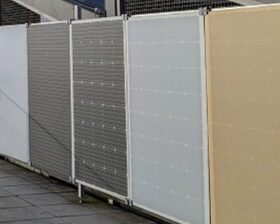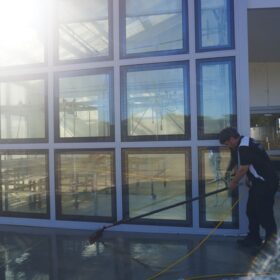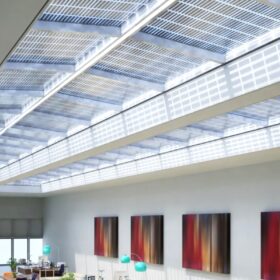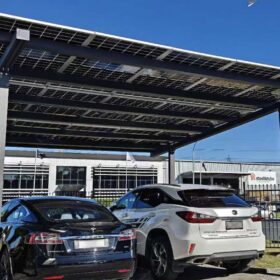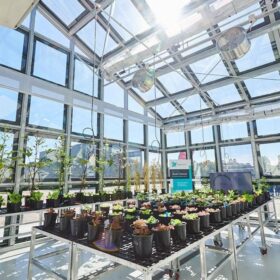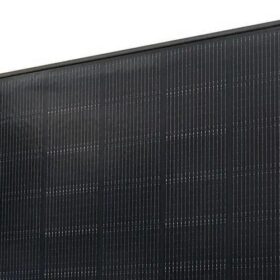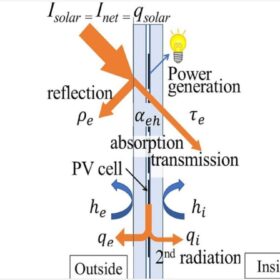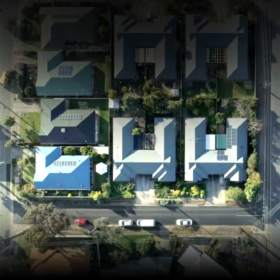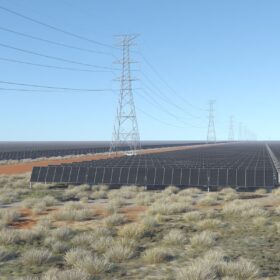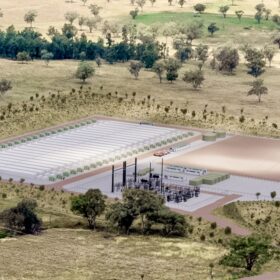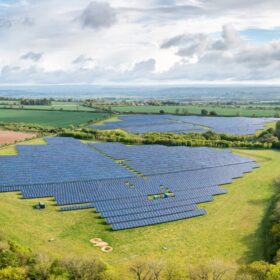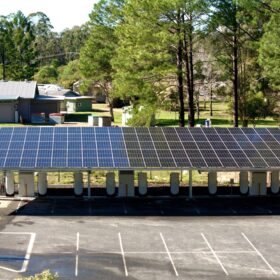Glass-free, coloured PV modules for building rooftop retrofits, facades
Researchers from Swiss and Austrian institutions have demonstrated a novel design for a glass-free, structurally robust silicon PV module. With a weight below 6 kg/m2, the targeted application is older buildings with weak roof structure.
ClearVue does manufacturing and distribution deal for NZ
ClearVue Technologies has entered the New Zealand market through an exclusive manufacturing and distribution agreement for its solar glass and building integrated PV technology with Viridian Glass, the nation’s largest glass fabricator.
Taiwan proposes mandatory solar for new buildings
The Taiwanese government has proposed new rules requiring PV installations on most new, expanded, or renovated buildings. The draft standards aim to boost renewable energy and decarbonisation by setting minimum solar capacity requirements, with potential exemptions for insufficient sunlight or technical issues.
Building-integrated photovoltaic install on Sydney icon, a first for ClearVue
Building-integrated photovoltaic solutions company ClearVue will deliver solar feature glass between the 44th and 50th floors of an iconic Sydney central business district building, marking the company’s first high rise project.
World Bank build marks debut of ClearVue solar skylights
Western Australia-headquartered ClearVue Technologies has signed its first commercial order for Africa with its solar energy-generating skylights to be integrated into a new World Bank building in Nigeria.
Solar carport serves as alternative for rooftop PV
GoodWe BIPV has identified new applications for its Vela residential solar carport with the modular unit gaining traction in rural and small commercial settings as an alternative to ground-mounted and rooftop PV systems.
ClearVue lands tax credits to progress second generation insulated solar glass
Smart building materials company ClearVue Technologies has received over $1 million in research and development tax credits from the Australian Taxation Office, to progress a suite of projects, including its Generation 2 insulated solar glass.
Viridian Solar launches 23.6% efficient TOPCon BIPV panel
United Kingdom-based manufacturer Viridian Solar says the new modules have a rated power output of 445 W and can reportedly guarantee a power yield of 95% after 10 years.
Research homes in on heat gain to help BIPV prospects
To make it easier to adopt building integrated PV as a glazing material, a group within the IEA Photovoltaic Power Systems Program (IEA-PVPS) has tackled the solar heat gain coefficient calculation for BIPV. It is part of IEA PVPS Task 15 international standardisation efforts.
U.S. start-up unveils ‘world’s largest’ transparent organic PV window
California-headquartered Next Energy said its laminated transparent power-generating windows were produced with its pilot production line.
